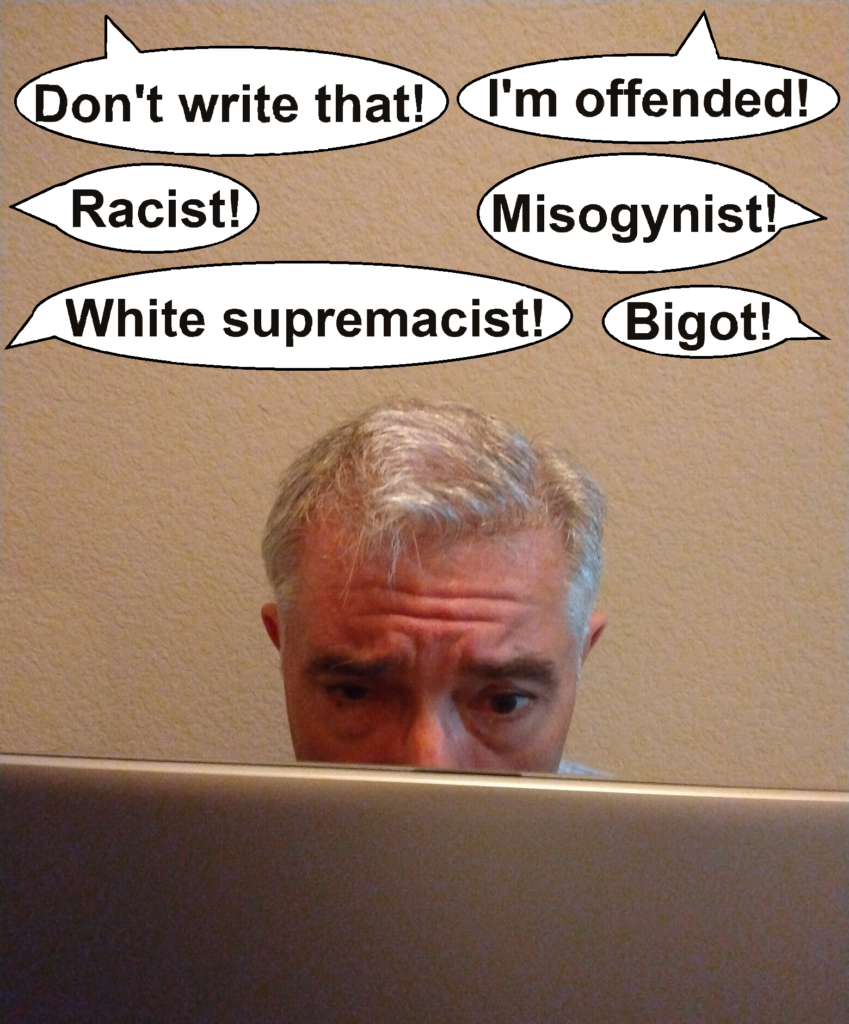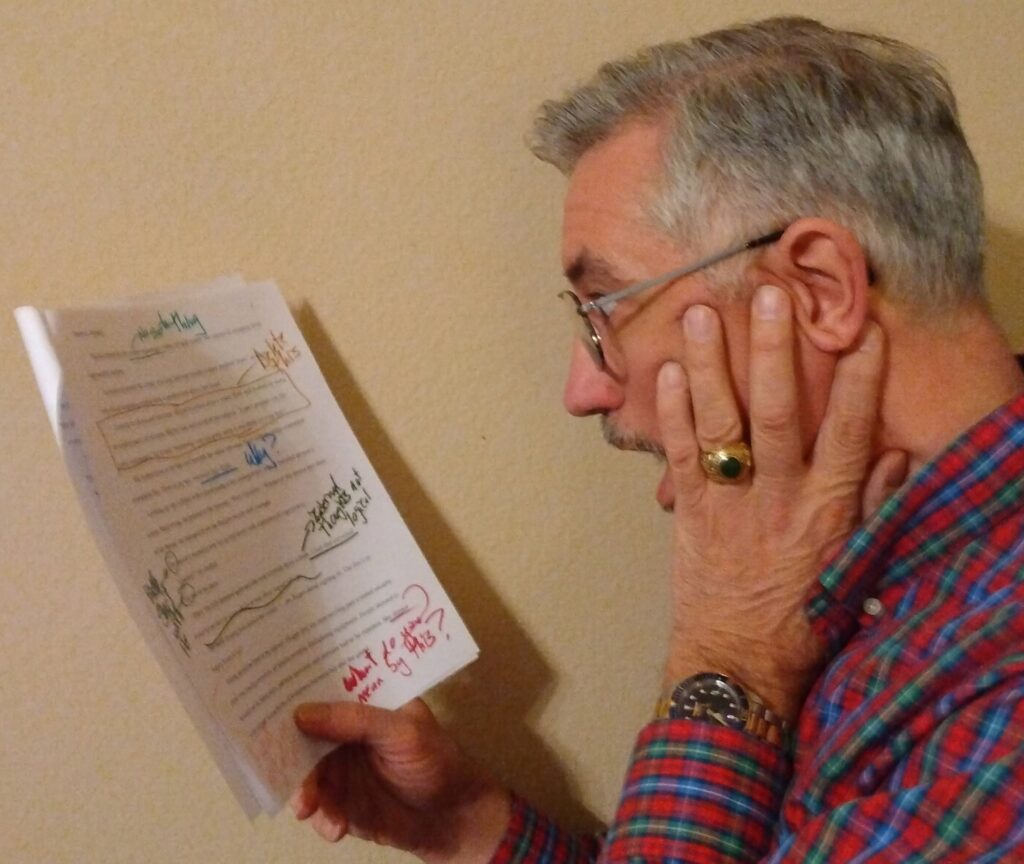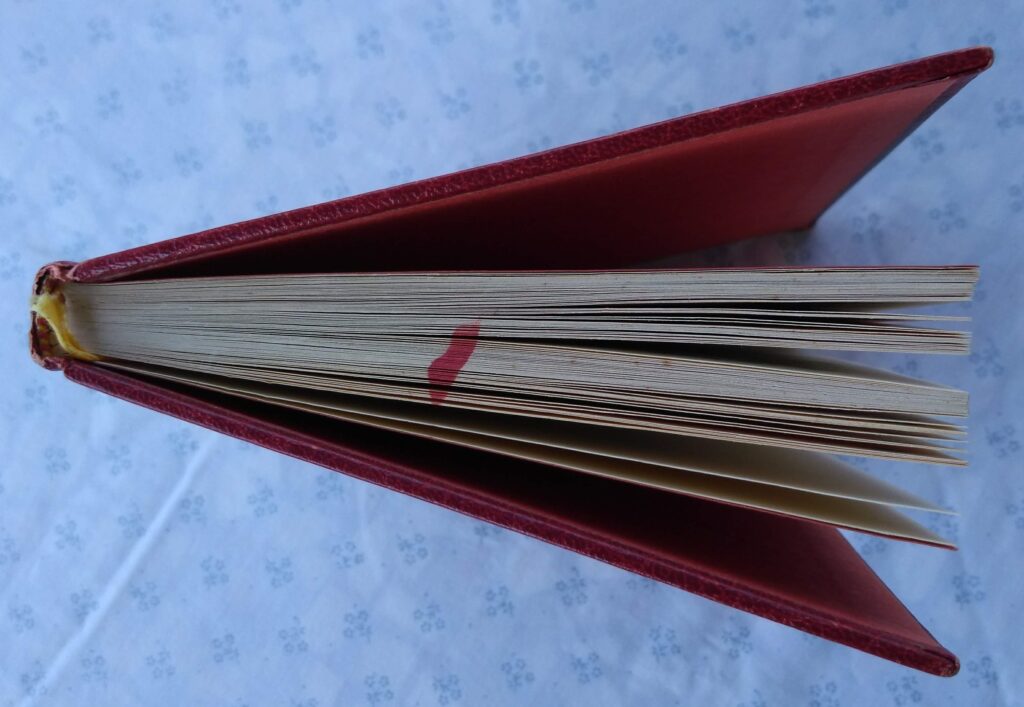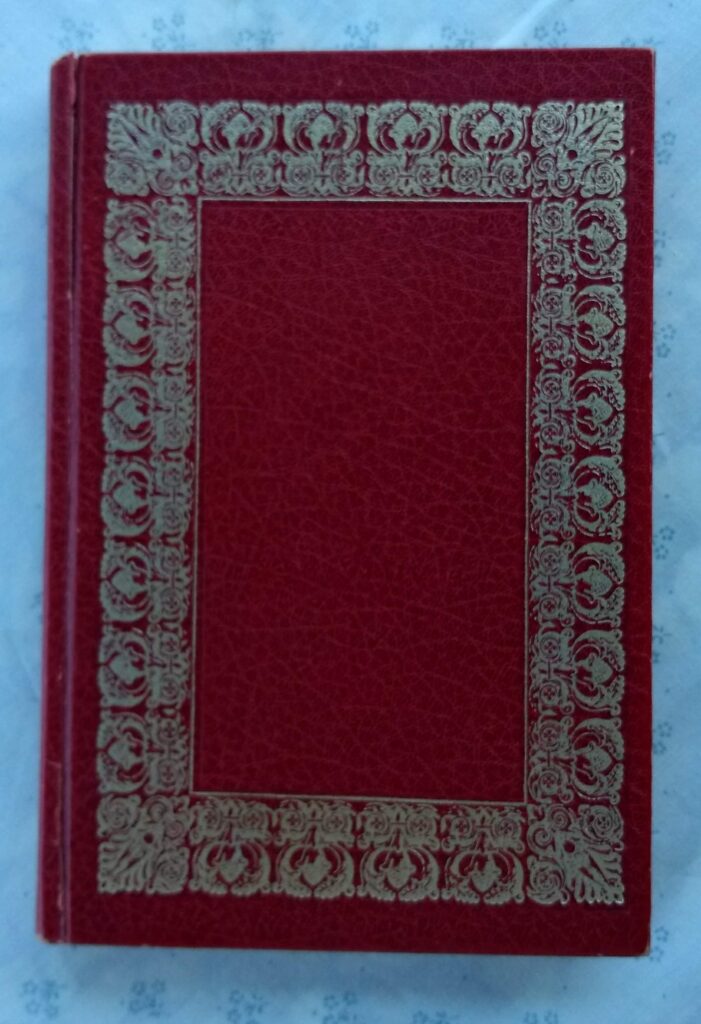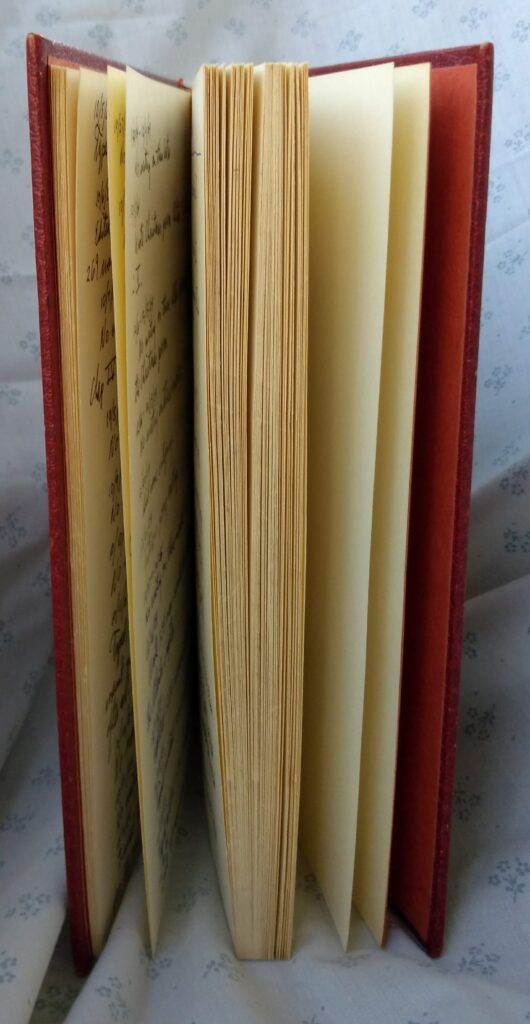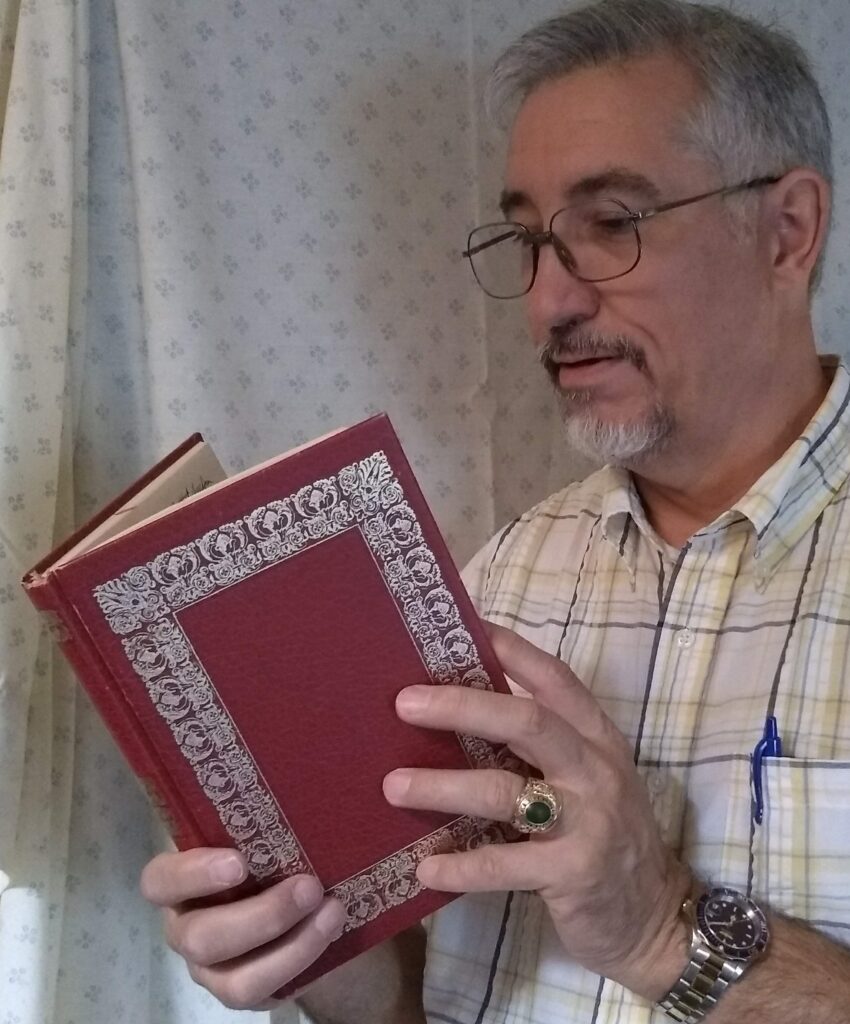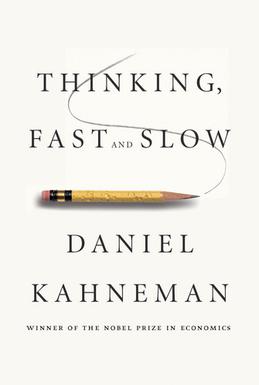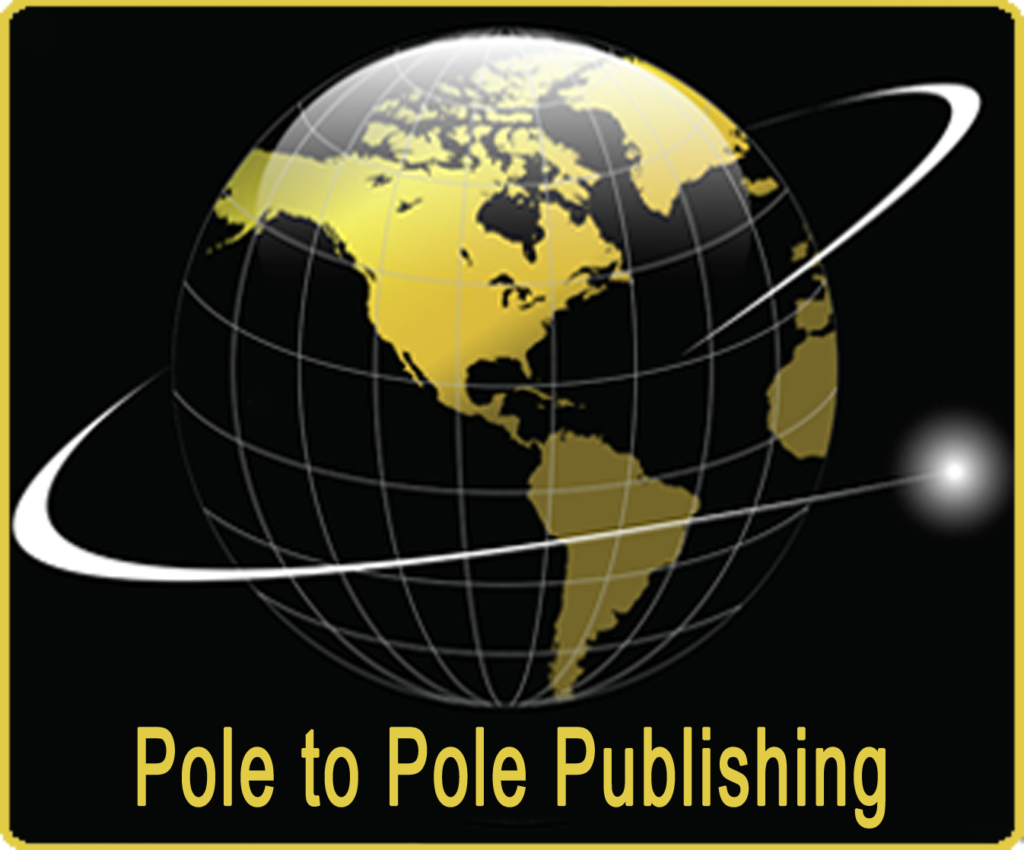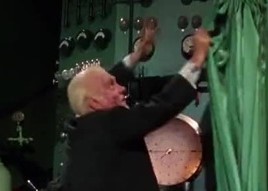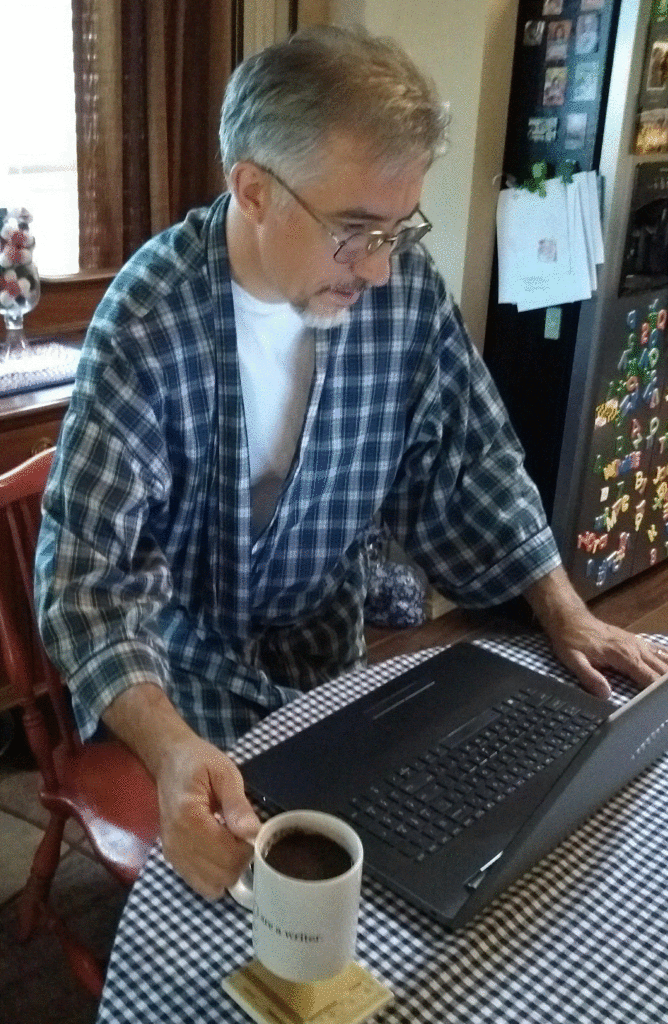When you submit a story, poem, or article to an anthology or magazine, you could be starting a great relationship with an editor. Don’t ruin it by doing something dumb.
A few years ago, I never thought I’d edit an anthology. Now I’ve edited three. I learned a few things while wielding the blue pencil, and I’ll share those lessons with you.
Obey the Submission Guidelines
Guidelines vary from editor to editor, so you’ll have to change the same submission to comport with different formats. Sorry. Fact of life. Since you’re the one trying to pique the editor’s interest (not the other way around), follow the guidelines. Otherwise, you’re telling the editor you don’t follow instructions well. Not a promising start.
Keep Your Cover Letter Brief
In fact, if the editor doesn’t ask for a cover letter, don’t submit one. No editor wants to read your life story, so if a cover letter is required, keep it short. Proofread it before sending. If the cover letter contains typos, why should the editor bother reading your submission?
Be Friendly and Professional
In all correspondence with an editor, strive to be the writer she likes to work with most. Nothing good comes from angry responses sent in a moment of rage. Shed the suffering-creative-artist-who’s-a-cauldron-of-bubbling-emotions costume, and don your let’s-work-this-deal business suit.
Respect the Editor’s Time
Provide prompt replies to your editor’s emails (consistent with being friendly and professional). Don’t be the last writer he’s waiting on. Once, as editor, I suggested some changes to a writer’s manuscript. The writer concurred and said I could go ahead and make the changes. No. That’s not how it works. If you’re the one getting paid, you’re the one doing the work.
Be Willing to Change
One time, a writer submitted a wonderful story, but it contained factual, numerical errors. As editor, I suggested the writer change the numbers to correspond to reality, alterations that would not have affected the story. The author refused, stating the story had already appeared in a prestigious magazine and they’d fact-checked it. If an editor points out a 2+2=5 mistake, or a sun-setting-in-the-morning error in your story, it doesn’t matter where else the story’s been published. Consider all your editor’s suggestions.
Defend Your Arguments with Rationale
Think of you and your editor as a team striving to publish the best possible version of your story, poem, or article. Sometimes, an editor will suggest a change you disagree with. It happens. If you can concur with the change, do so. If not, don’t just refuse to change. Spell out the reason you’d like to leave it unchanged. Most editors will respect solid, logical rationale, and may even agree with you.
Assist with Marketing
After publication, if you’re able, do your part to promote the anthology or magazine in which your piece appears. Post about it on social media, and blog about it on your website. That editor will look kindly on your next submission.
Will your next relationship with an editor work out? Or will you botch things along the way? It could go well, if you follow the advice of—
Poseidon’s Scribe


